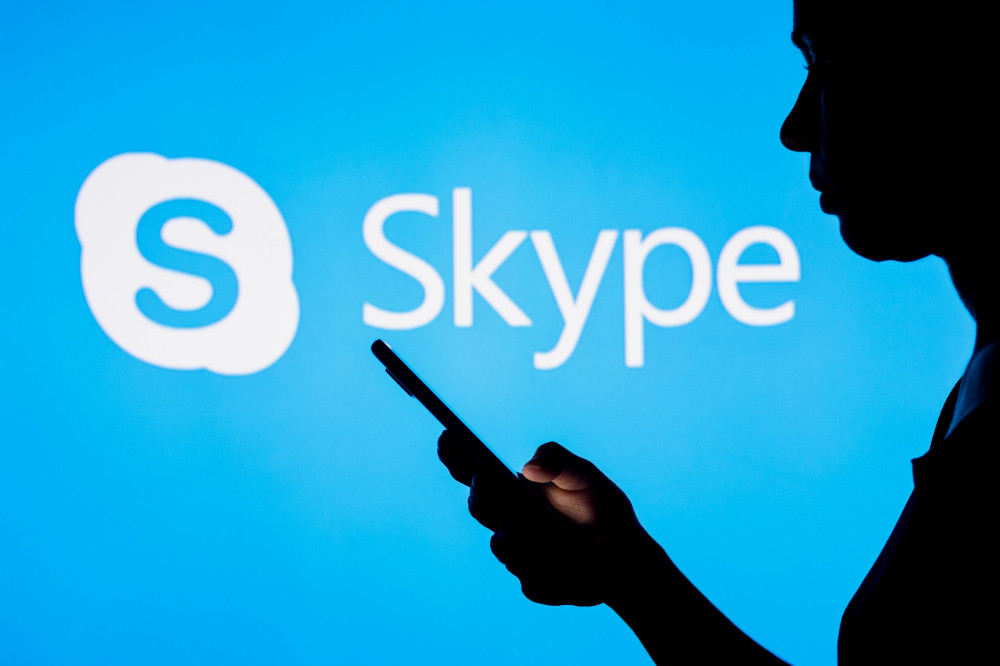The well-known messaging app Skype, which has been in operation for over 20 years, officially ceased its services on May 5, 2025.
This was confirmed by Jeff Teper, President of the Applications and Platforms Division for Collaboration at Microsoft, in an interview with CNBC.
Skype has officially shut down today
According to Teper, the company decided to focus on enhancing its newer platform, Teams, which has already integrated most of Skype's features.
“We’ve learned a lot from Skype, but it’s time to move on,” emphasized Teper in his CNBC interview.
Microsoft has encouraged Skype users to migrate to Teams. Users can log into Teams with their Skype credentials, and their contacts and chat history will be automatically transferred.
Additionally, any remaining funds in Skype accounts can be utilized in Teams. The sale of Skype subscriptions was halted earlier, and user data from the app is available for export.
Skype: The messaging app that has now shut down
Skype provided a platform for users to communicate globally. Millions of individuals and businesses utilized Skype for free video and voice calls, as well as for instant messaging and file sharing.
The service was accessible on various devices - mobile phones, computers, or tablets, which ensured its widespread availability anywhere convenient for users.
What is Microsoft Teams: The successor to Skype
In light of today's official shutdown of Skype, Microsoft is actively promoting its communication platform, Microsoft Teams, as the main alternative and successor.
Microsoft Teams is a comprehensive communication platform developed by Microsoft. It offers features for video chat, text messaging, file sharing, and other communication tools. Teams is available for download and use on Windows, Mac, and mobile devices running iOS and Android.
A significant advantage of Teams is its integration with other applications through Microsoft AppSource, allowing users to utilize third-party apps for remote lesson planning.
Teams' collaborative features are designed not only for remote use but can also be applied during in-person meetings or hybrid learning formats. This provides students with consistent access to the same tasks and resources, regardless of their location.
Teachers can leverage Microsoft Teams to create a virtual “class team” where they can conduct online meetings, teach lessons, organize class activities, publish assignments, create tests, assess student work, and provide feedback.

